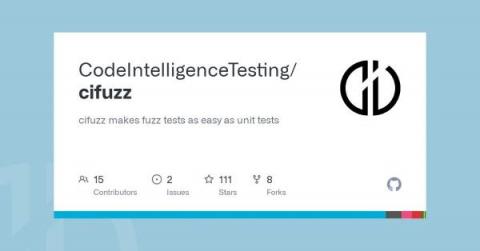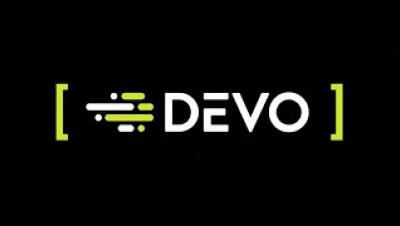What are the requirements to obtain an OV or EV Code Signing Certificate?
OV stands for Organization Validation, and EV stands for Extended Validation. To obtain these certificates, developers, development companies, and publishers have to fulfill a basic set of requirements. This includes furnishing the required documents, including physical address proof, telephone number, and legal documents of company creation. In addition to this, depending on the type of code signing certificate you need, the requirements can change further.







